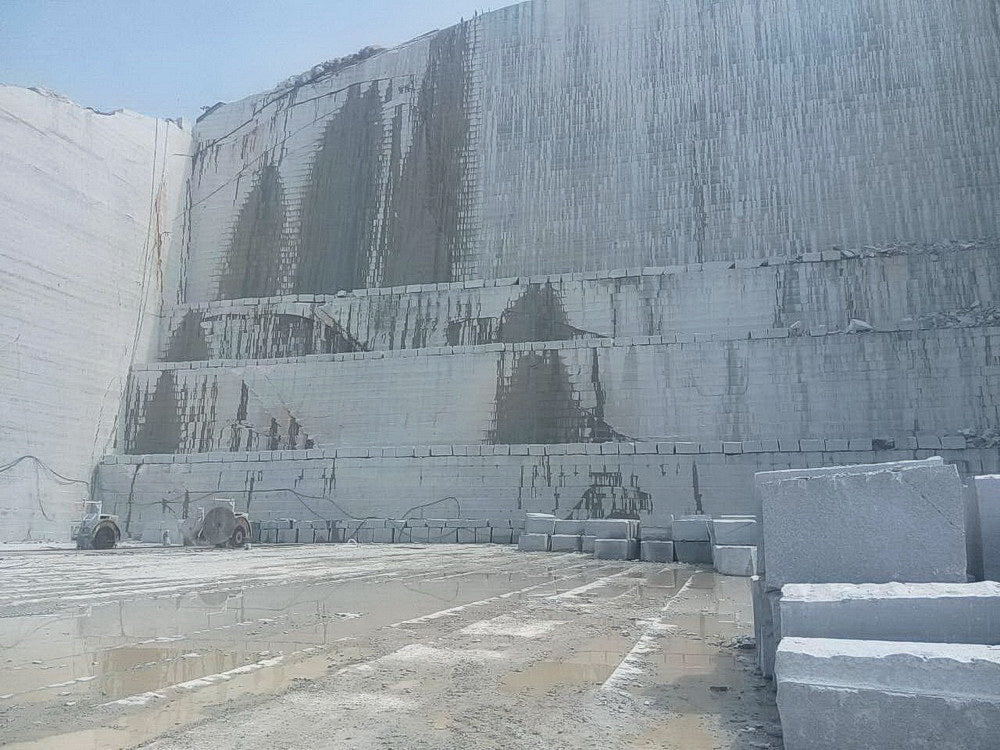Exploring Granite Quarries in South Africa: A Comprehensive Overview
Introducing the Mysteries of Granite Quarrying: Where Stamina and Elegance Meet
The world of granite quarrying is a realm where the raw stamina of nature merges with human creativity to produce frameworks that stand the examination of time with an air of style. From the midsts of quarries to the meticulous polishing in workshops, the procedure of changing granite right into building wonders is an intricate dancing of custom and development. As we peer into the midsts of this ancient craft, we begin to reveal the covert details that shape the extremely essence of our built environment.
The Origins of Granite Quarrying
In the annals of building background, the beginnings of granite quarrying are shrouded in a tapestry of ancient craftsmanship and geological wonders. Going back to old Egypt and Mesopotamia, the removal of granite from quarries noted the beginning of a journey that would eventually bring about the production of several of the globe's most legendary frameworks.
Granite quarrying's roots can be traced to the competent craftsmens who identified the stone's longevity and visual appeal. Through a mix of primitive tools and sheer resolution, these early quarry workers discovered granite blocks that would certainly end up being the foundation of civilizations.
As people progressed, so did the techniques of quarrying granite. The Romans, renowned for their engineering expertise, developed innovative methods for removing granite to build monoliths, holy places, and roads that stood the test of time.
The legacy of these ancient quarrying techniques proceeds to shape modern architecture, with granite remaining an icon of strength and beauty in construction projects around the globe. (granite quarries in south africa)
Devices of the Quarrying Trade
The advancement of granite quarrying strategies from old worlds to modern-day times highlights the crucial role played by the devices of the quarrying profession in shaping the market's practices. In old times, quarrying devices were simple, commonly containing knives, hammers, and wedges made from materials like bronze or iron. These devices required substantial manpower and time to extract granite obstructs from quarries.

Furthermore, the introduction of pneumatic tools and high-powered equipment has actually substantially decreased the physical labor required in quarrying procedures, improving worker safety and performance. As the quarrying industry proceeds to introduce, the tools of the trade stay at the center of driving progression and shaping the future of granite extraction.
Removing Blocks of Granite
Making use of accuracy machinery and progressed strategies, the extraction of granite obstructs from quarries has actually ended up being a sophisticated process in the modern-day quarrying sector. Regulated blasting techniques her response are then utilized to damage apart the granite into convenient sections.

Sprucing Up and Ending Up Strategies
To accomplish a flawless surface on granite blocks, proficient artisans employ a series of careful sprucing up and ending up methods. After the initial removal and forming procedures, the granite blocks go through a detailed sprucing up stage to improve their natural appeal and durability.
In addition to polishing, ending up strategies are applied to further refine the granite's appearance. By very carefully selecting and applying these polishing and finishing techniques, artisans can transform raw granite blocks into exquisite pieces that showcase both toughness and sophistication.

Ecological Influence and Sustainability
With the growing emphasis on environmental consciousness in the market, granite quarrying techniques are increasingly scrutinized for their effect on natural sources and long-term sustainability. Additionally, the transportation of granite from quarries to processing centers creates carbon emissions, even more contributing to ecological degradation.
To reduce these influences and guarantee sustainability in granite quarrying, sector stakeholders are adopting various procedures. Carrying out innovative modern technologies to reduce power consumption and water usage, recovering quarried land for environmental repair, and promoting responsible sourcing practices are some approaches being employed. Qualifications such as the Woodland Stewardship Council (FSC) and the Leadership in Power and Environmental Style (LEED) aid consumers recognize ecologically friendly granite items.
Verdict
In final thought, granite quarrying is a procedure that needs specialized devices and techniques to remove blocks of granite and polish them to a high degree of finish. While the environmental influence of quarrying can be significant, efforts are being made to improve sustainability techniques in the market. In general, granite quarrying is a fragile equilibrium in between harnessing the toughness and sophistication of this all-natural stone while minimizing its effect on the atmosphere.